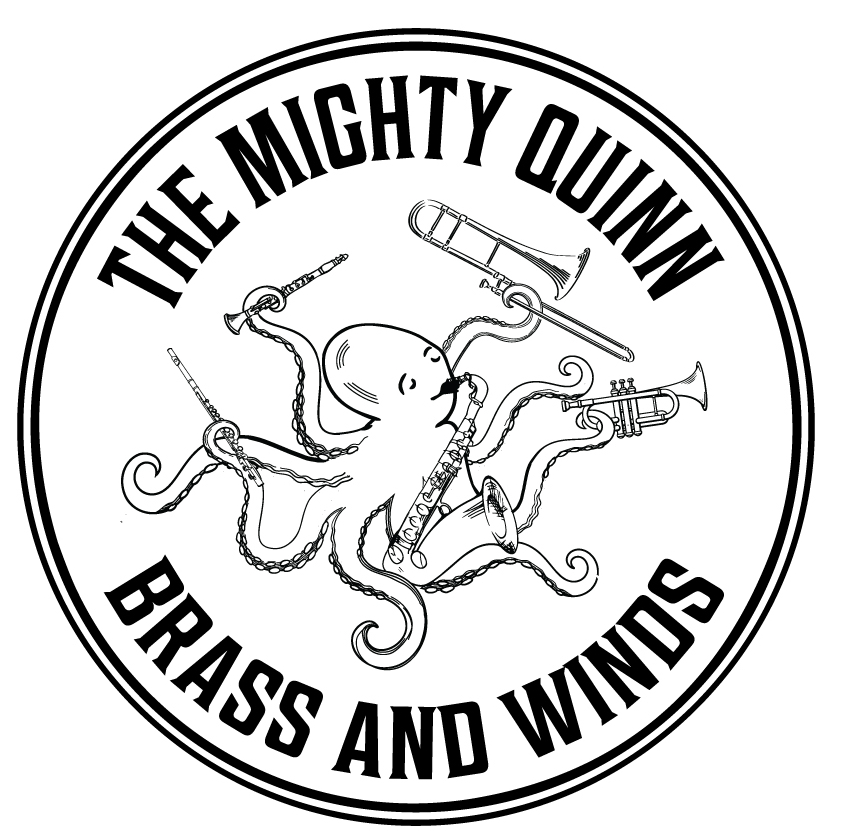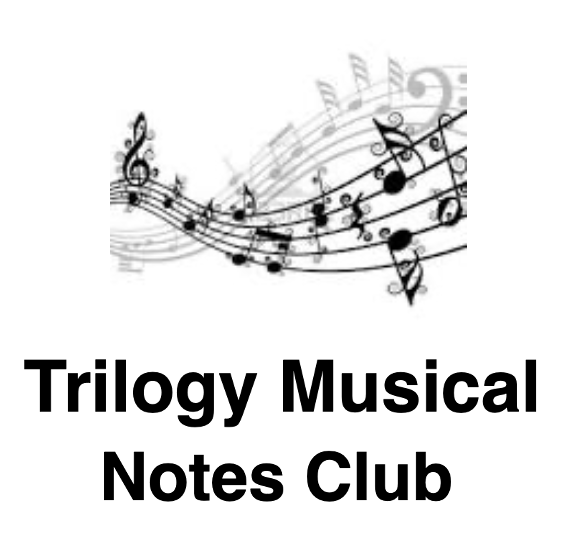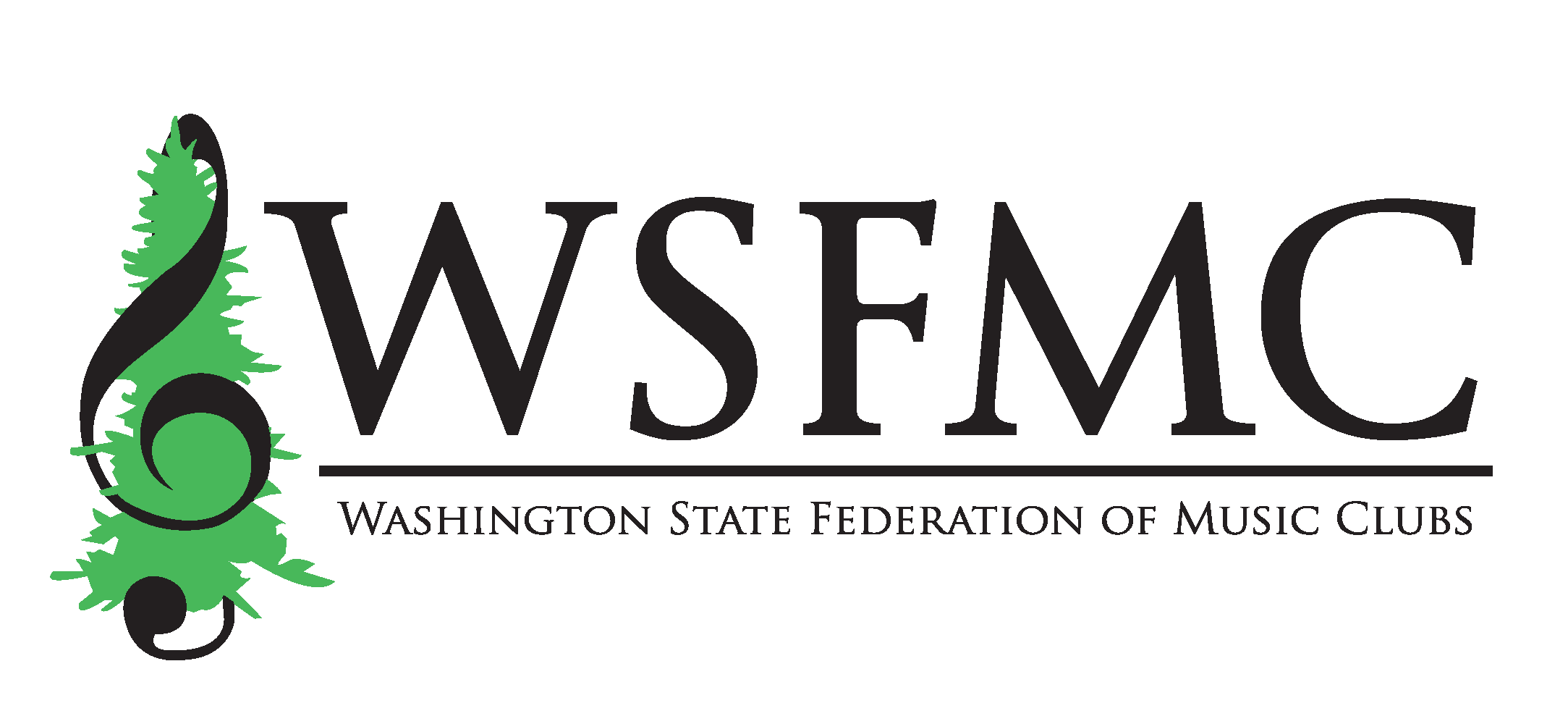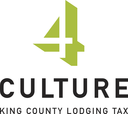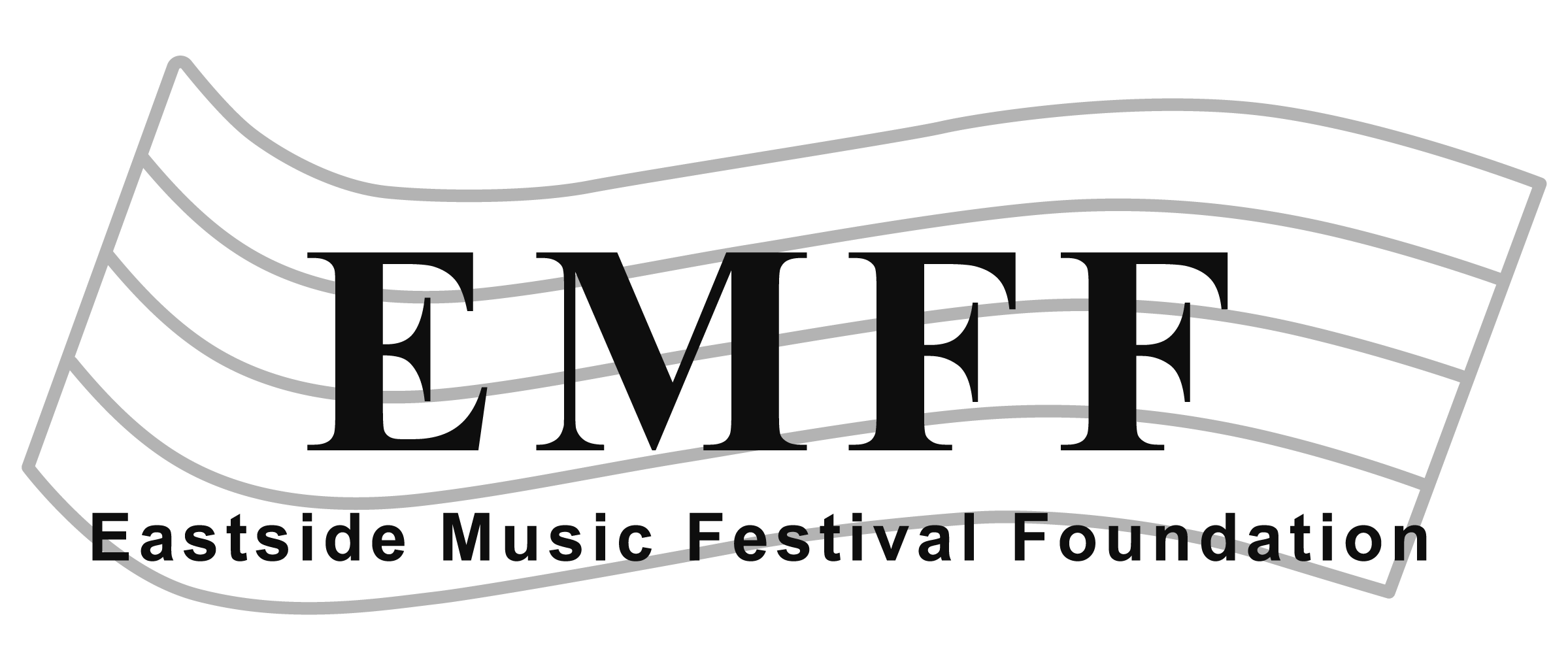WOO HOO! You did it! Thank you all for such a beautiful performance! I’ve heard nothing but amazingly positive feedback. BRAVO and CONGRATULATIONS!
I will look forward to seeing you at your upcoming audition – but will miss our weekly Monday night rehearsals. You have been a wonderful and inspiring group to work with!
And if you are able to come to either/both performances below – please do say HI!
Best wishes for a great end to your school years and a summer full of rest, relaxation, adventure – and flute!
~Sandy
You’re invited! I would love to have you in the audience to help cheer me on!
- Seattle Philharmonic – June 7th at 2 pm
Concerts & Tickets – Seattle Philharmonic Orchestra June 7th at 2 pm @ Benaroya Hall.
Come hear me play Brahms 4 (your audition track #3!) and a bit of a flute feature – The Emperor & the Nightingale – with over 20 super high D’s :). Students 16 and under can attend for free (just stop by the box office for a ticket). Adult tickets can be purchased as a discount: Once you get to the ticket buying page (on the Benaroya website) use promo code SPOFRIENDS for a discount. Click here for a guide on how to apply promo codes at the Benaroya Hall website.
2) concerto! June 11, 2025 7:30 pm
I’ll be playing Poem by Charles T. Griffes with Rain City Symphony.
All concerts are at First Free Methodist Church in North Queen Anne.
We present Louise Farrenc’s Overture No. 1 composed in 1834. We also feature Charles Tomlinson Griffes’ Poem for Flute and Orchestra with soloist Sandra Saathoff and Rimsky-Korsakov’s Tale of the Tsar Saltan Suite.
Happy Fluting!
~Dr. Sandy
______________________P______________________
(__( O )_____]]_o o_O_O_O O O_O_O_O_]d’ O_O_O_)
Link of the week: Some things to think about (Bulletproof Musician site also has articles about practicing / performing / reducing anxiety / etc.):
Greg Pattillo – Peter & The Wolf: https://youtu.be/c6SHsF1n9Qw?si=KnnKbk3EI6lRFECi
- Torvil and Dean – Olympic Ice Dancing 1984. The exquisite pacing and building of tension, and the perfectly timed synchronicity … amazing! A way to “SEE” what we try and do as musical story tellers! https://youtu.be/t2zbbN4OL98?si=HQJ_n3dEILm4NX9U
- The Woodwind Fingering Guide – Online fingering charts for flute, piccolo, oboe, clarinet, saxophone, bassoon, recorder, tin whistle, fife, charanga flute, shakuhachi flute, uilleann pipes, and sarrusophone has trills and tremolos, too
- Video Live Sessions: Seattle Flute Society – Michael Davis: The Bird Song
- Video Live Sessions: Seattle Flute Society – Amy Beach: Theme and Variations, Op. 80
- Emily Beynon – YouTube – a great performer and teacher!
- 5 effective ways to improve your flute tone – The Flute Practice
- https://thefluteview.com/ – an online flute magazine
- Does Counting Our Blessings Really Change Anything? | Bulletproof Musician
- Breathing: https://youtu.be/f6yAY1oZUOA?si=NFT_dgvH-sVnkhce
- What Is Articulation In Music? (hellomusictheory.com)
- Are Great Sight-Readers Born or Made? | Bulletproof Musician
- Here is some information on how to play extended techniques https://www.flutexpansions.com/videos
- Why Good Ensemble Playing May Require More Than Just Your Ears https://bulletproofmusician.com/great-ensemble-player-may-require-just-ears/
- National Flute Association – https://www.nfaonline.org/
- Seattle Flute Society – Welcome | Seattle Flute Society




